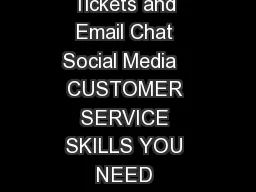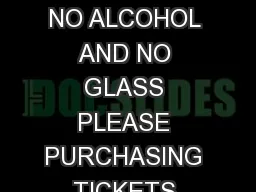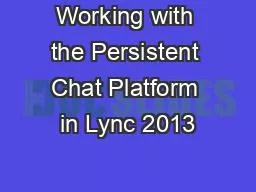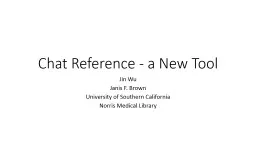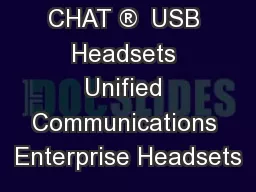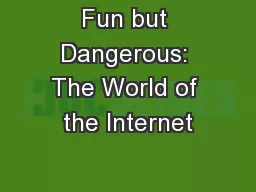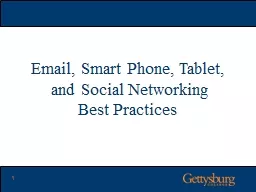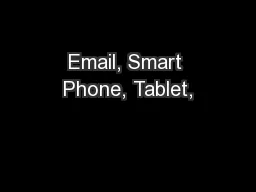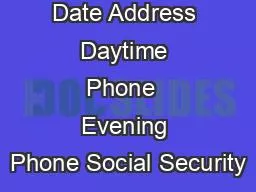PDF-CUSTOMER SERVICE SKILLS YOU NEED TABLE OF CONTENTS Phone Support Tickets and Email Chat
Author : ellena-manuel | Published Date : 2014-11-30
Web email chat and social media are now very important channels for customers Still many customers prefer to contact companies with a phone call URP57347D57347FRPSDQ57527V57347SHUVSHFWLYH5735957347WKH57347SKRQH57347LV57347QRW57347DOZDV
Presentation Embed Code
Download Presentation
Download Presentation The PPT/PDF document "CUSTOMER SERVICE SKILLS YOU NEED TABLE ..." is the property of its rightful owner. Permission is granted to download and print the materials on this website for personal, non-commercial use only, and to display it on your personal computer provided you do not modify the materials and that you retain all copyright notices contained in the materials. By downloading content from our website, you accept the terms of this agreement.
CUSTOMER SERVICE SKILLS YOU NEED TABLE OF CONTENTS Phone Support Tickets and Email Chat: Transcript
Download Rules Of Document
"CUSTOMER SERVICE SKILLS YOU NEED TABLE OF CONTENTS Phone Support Tickets and Email Chat"The content belongs to its owner. You may download and print it for personal use, without modification, and keep all copyright notices. By downloading, you agree to these terms.
Related Documents

